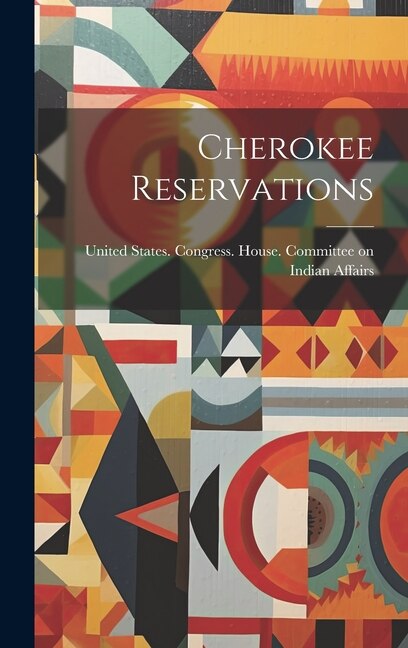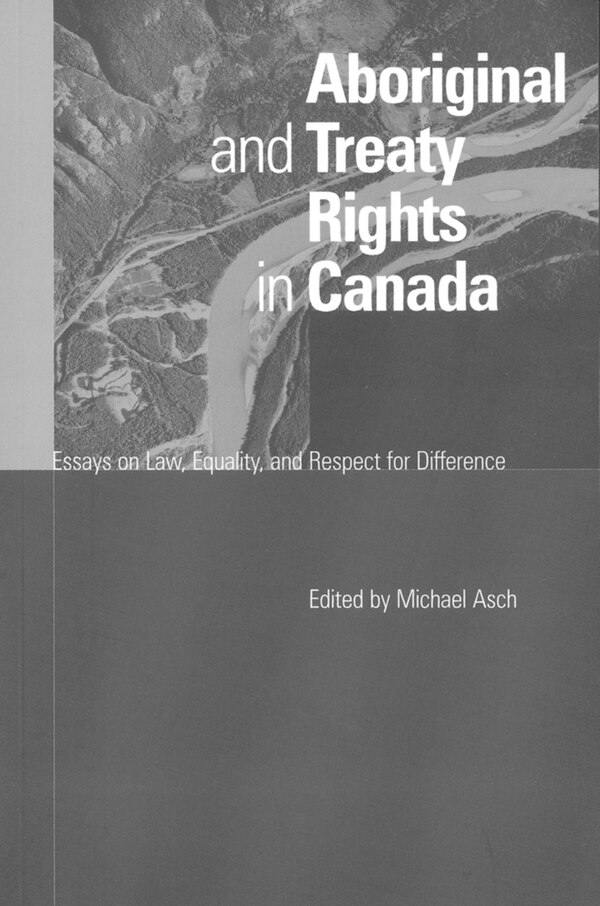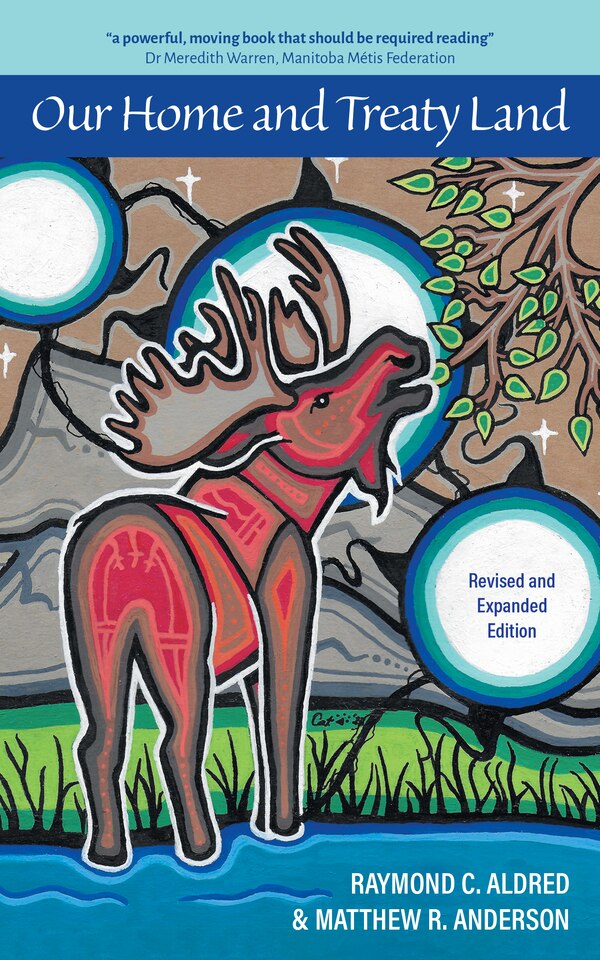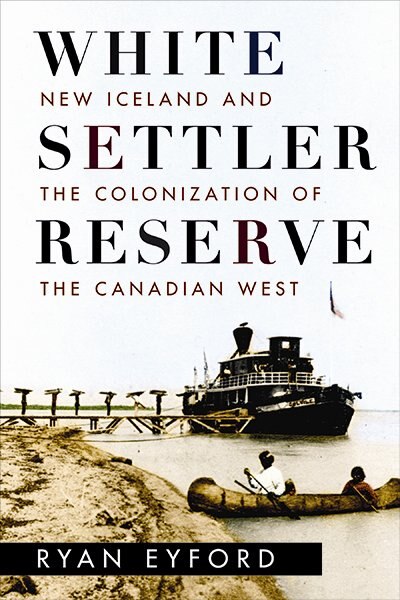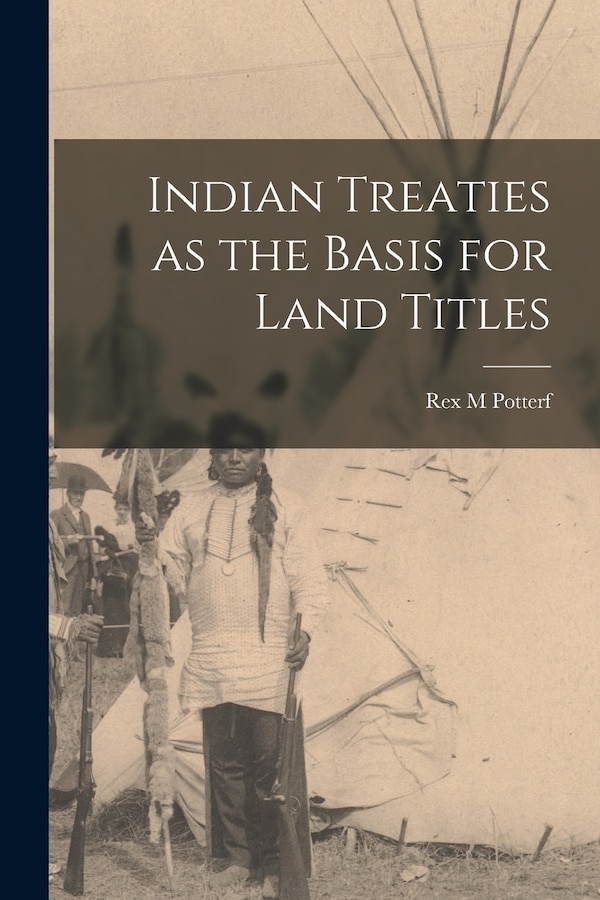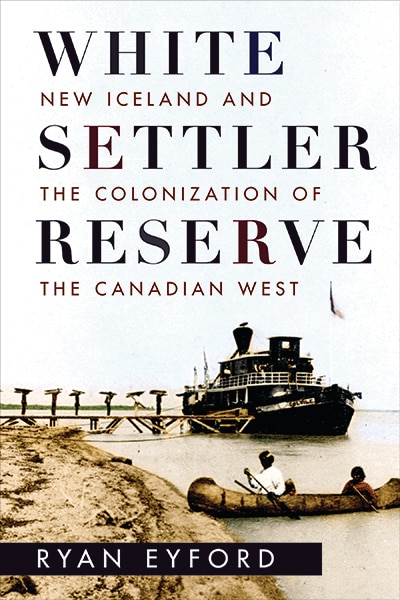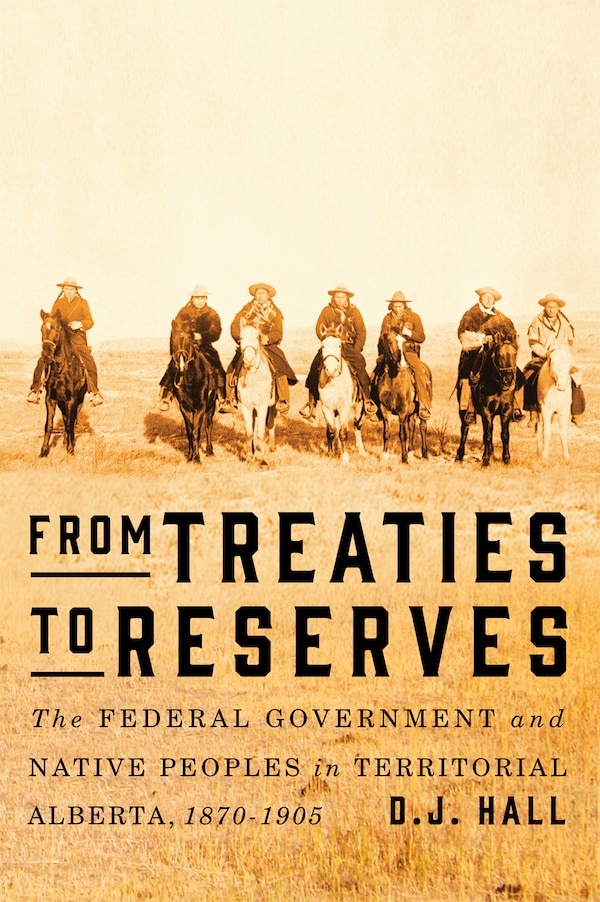
Compare From Treaties to Reserves by D.J. Hall, Paperback | Indigo Chapters
D.J. Hall
$40.95
Though some believe that the Indian treaties of the 1870s achieved a unity of purpose between the Canadian government and First Nations, in From Treaties to Reserves D. J. Hall asserts that - as a result of profound cultural differences - each side interpreted the negotiations differently, leading to conflict and an acute sense of betrayal when neither group accomplished what the other had asked. Hall explores the original intentions behind the government's policies, illustrates their attempts at cooperation, and clarifies their actions. While the government believed that the Aboriginal peoples of what is now southern and central Alberta desired rapid change, the First Nations, in contrast, believed that the government was committed to supporting the preservation of their culture while they adapted to change. Government policies intended to motivate backfired, leading instead to poverty, starvation, and cultural restriction. Many policies were also culturally insensitive, revealing misconceptions of Aboriginal people as lazy and over-dependent on government rations. Yet the first two decades of reserve life still witnessed most First Nations people participating in reserve economies, many of the first generation of reserve-born children graduated from schools with some improved ability to cope with reserve life, and there was also more positive cooperation between government and First Nations people than is commonly acknowledged. The Indian treaties of the 1870s meant very different things to government officials and First Nations. Rethinking the interaction between the two groups, From Treaties to Reserves elucidates the complexities of this relationship. | From Treaties to Reserves by D. J. Hall, Paperback | Indigo Chapters | From Treaties to Reserves by D.J. Hall, Paperback | Indigo Chapters




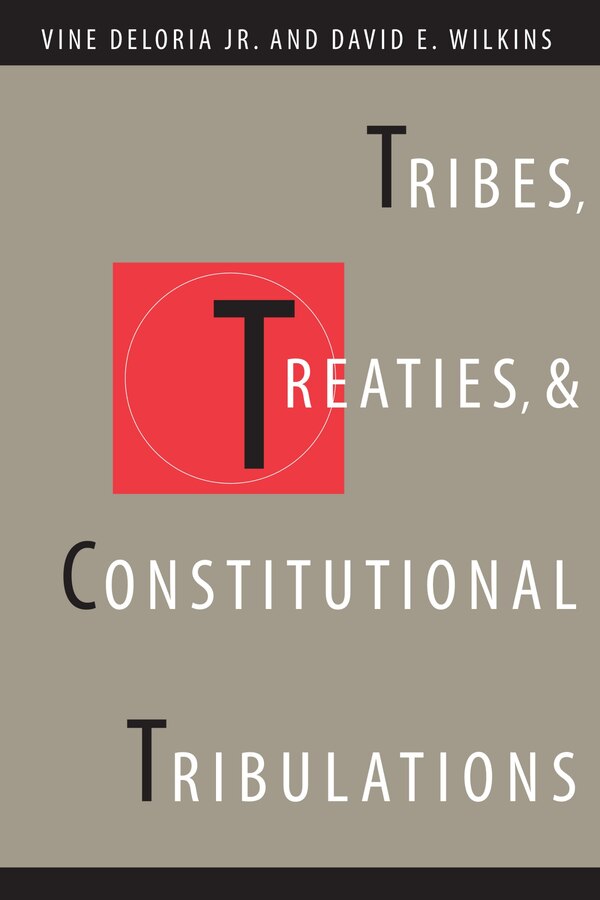
![Indian Treaties and Surrenders From 1680 to [1903] Volumes 1-2 by Canada Canada, Hardcover | Indigo Chapters](https://dynamic.indigoimages.ca/books/9781015598492.jpg?scaleup=true&width=600&quality=85&lang=en)
